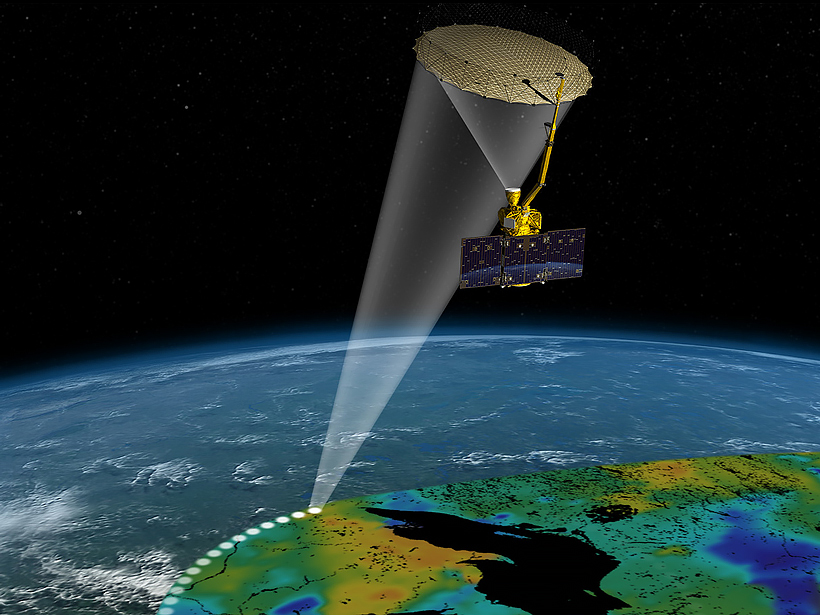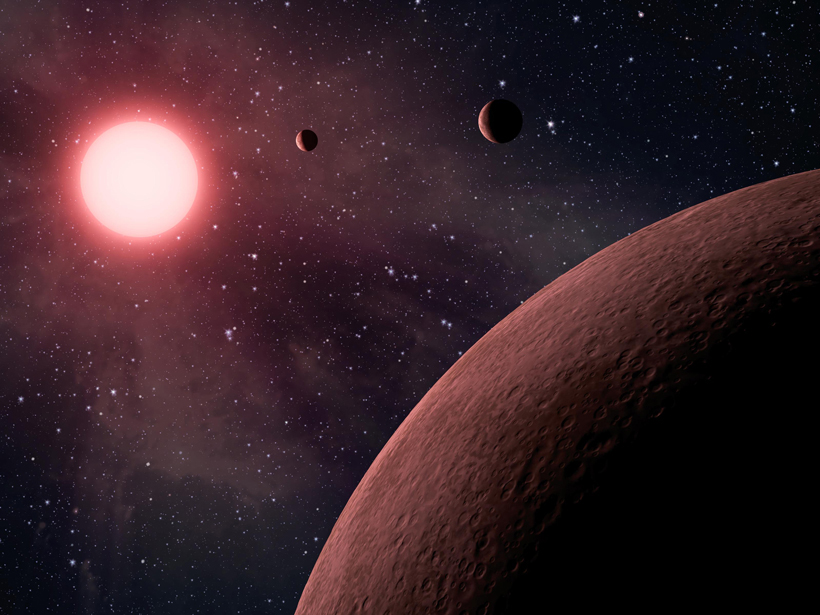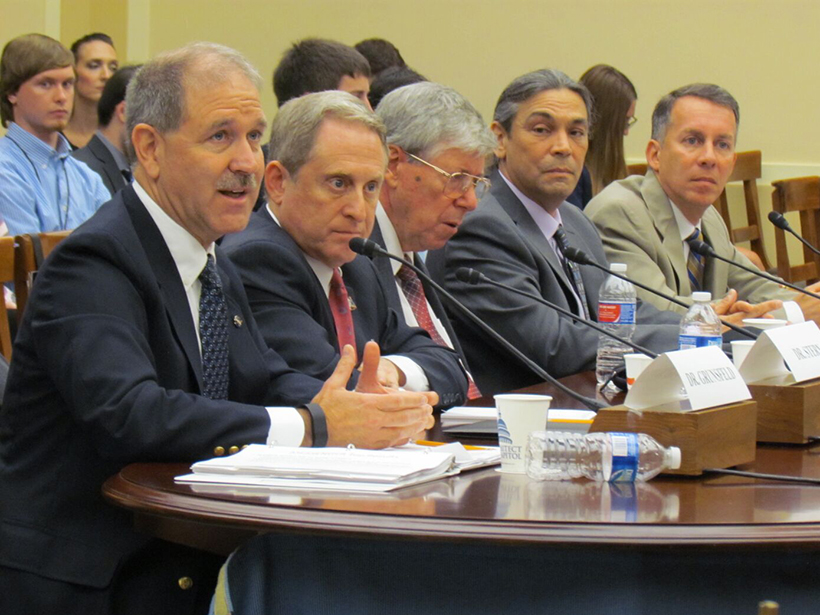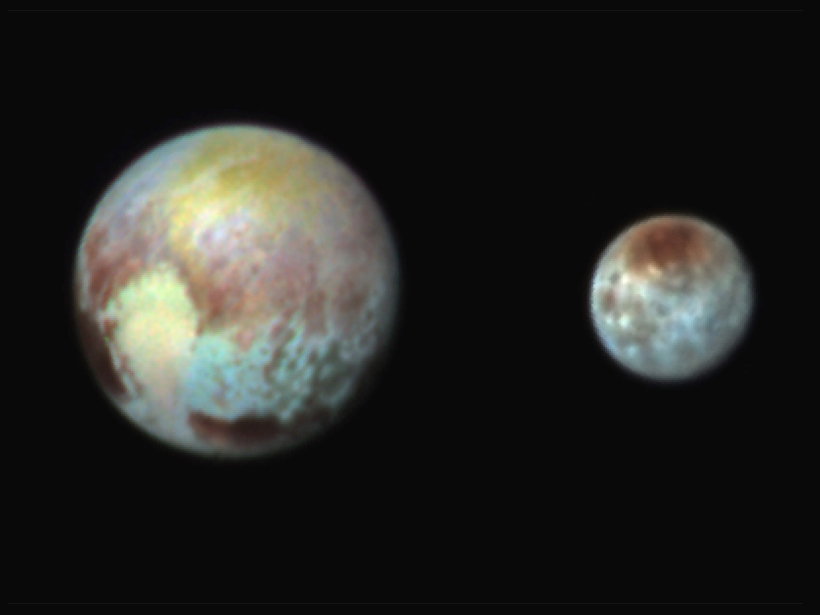2015 NASA Applied Sciences Program, Water Resources Team Meeting; College Park, Md., 3–4 March 2015
NASA
Kepler: A Giant Leap for Exoplanet Studies
NASA's low-cost space telescope opened up a universe of possibilities for scientists who scour space in search of planets—and possibly life.
Hearing Sparks Concerns About Planetary Science Funding
Members of Congress from both sides of the aisle questioned the administration's proposed cuts and whether support for future missions would be adequate.
Long-Traveled Spacecraft Buzzes Pluto in Close Flyby
Successful flyby of Pluto completes the first era of planetary reconnaissance, NASA Administrator Charles Bolden says.
Alberto Behar (1967–2015)
Devoted to exploration and discovery, this JPL scientist's inquisitive mind, inventiveness, and infectious enthusiasm inspired students, colleagues, and friends alike.
NASA Selects Science Instruments for Europa Mission
The instruments chosen for a mission to Jupiter's moon Europa include cameras, spectrometers, magnetometers, and an ice-penetrating radar.
Hacking a Climate Satellite to See Beneath the Ocean's Surface
When NASA launched its CALIPSO spacecraft, the space agency did not intend to estimate phytoplankton populations.
Mercury's Secrets Revealed by Soon-to-Crash Spacecraft
From finding water ice on Mercury to discovering magnetic field lines cutting through the planet, NASA's MESSENGER spacecraft has spent its lifetime unveiling Mercury's secrets.
NASA Hopes to Find Strong Indications of Life Beyond Earth Soon
With the search for water and habitable planetary bodies proceeding at an increasing pace, NASA scientists say they are getting closer to finding evidence of extraterrestrial life.
Scientists Watch Solar Winds Blast Mercury's Magnetic Field
A NASA team used the MESSENGER spacecraft to analyze Mercury's magnetosphere during intense solar wind pressure.










